The Blog
the
Blog
The difference between a Giclee and a Lithograph
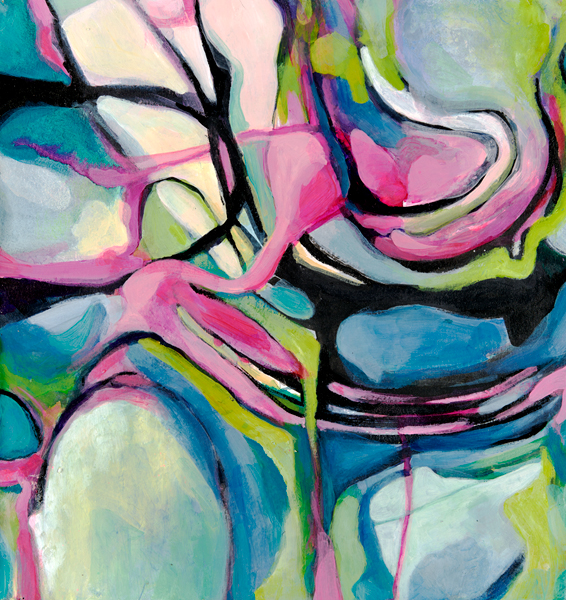
This blog outlines the process of giclee prints vs offset lithography, (which is different from the fine art of stone lithography, and other fine art printing techniques not associated with the reproduction of original art).
This blog post is meant to educate and entertain those who want to know the difference and not to discriminate against any form of consumer buying choices.
No, a reproduction litho is NOT a giclee – There IS a difference!
Let me tell you a story…
A few weeks ago, I went into a consignment shop and saw some fun, framed art prints of Marc Chagall’s art, one of my all-time favorite artists! They were advertised as giclee prints.
The closer I looked they resembled copies on a slick poster paper and not really a giclee the way I’m accustomed to seeing them, plus they were pretty darn expensive for offset lithos. Not to mention, too cheap to be authentic fine art lithography prints so, I was skeptical. I respectfully asked the store associate if they were really giclee.
She said, “They are Litho’s but that’s the same thing as giclee”.
Without saying a thing I just looked at her in a funny not so funny kind of way. She proceeded to hand me a piece of paper, one that reminded me of a grade school, over-copied, carbon copy handout, that SHE said explained it all…that it’s “basically” the same thing. Well, I’m here to basically tell you it’s absolutely NOT the same thing.
I hate when that happens but thankful that I know the difference.
So this got me thinking that there are too many people out there who don’t have a clue about what they’re buying and might want to know the real difference!
After all, art IS an investment, and who wants a Gucci’s Gucci side hustle knockoff when you can have the real Gucci’s seconds, still Gucci good?
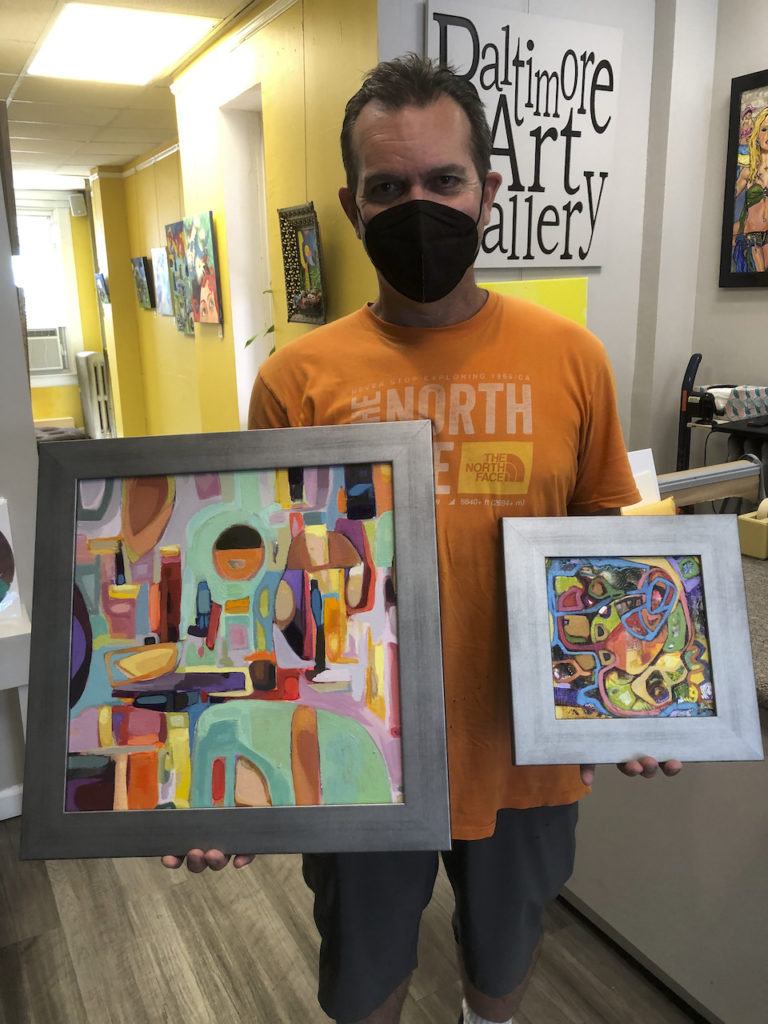
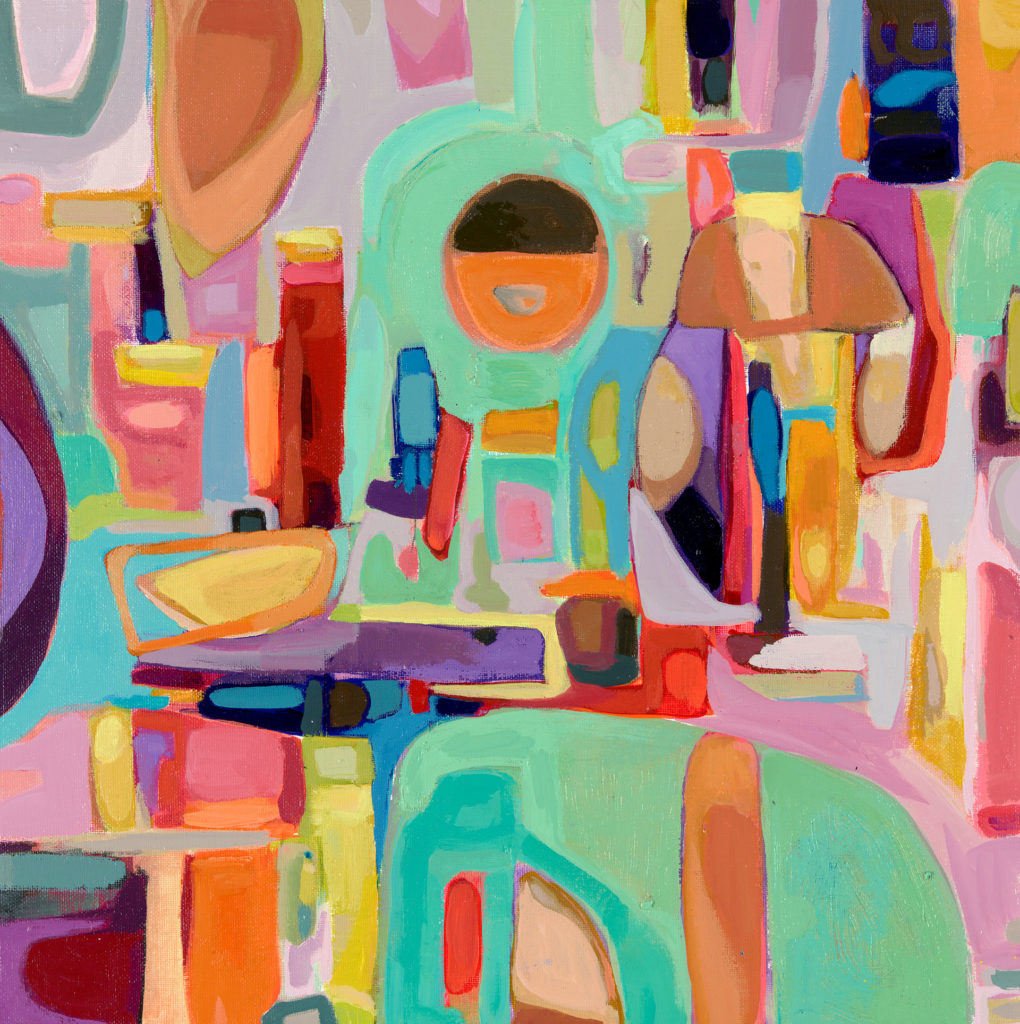
So what the heck is a Giclee anyway?
What’s the difference between that and an offset Litho print? How do you pronounce it and why would you want one? This info will help to simply explain all of that.
Let’s start first with the word: GICLEE-what is it?
Pronounced ZHēˈklā
If you can say Zsa Zsa as in Zsa Zsa Gabor, you can pronounce Giclee.
Giclee isn’t just a fancy word made to sound like you know how to speak French, even though its etymology IS French. Oui oui.
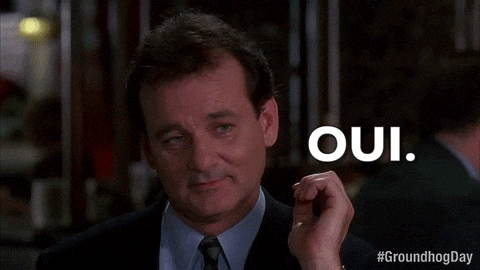
The name is derived from the French verb “gicler” meaning to squirt, or more accurately in this case, an extremely fine spray of many different sized droplets. This is an application of overlapping dots of ink mixes, forming additional color combinations. The application of the inks in this printing process is so fine that there are no discernible dots or droplets on the final print.
As a verb, giclée is a process by which high-quality prints are produced using an ink-jet printer. The artwork is printed using giclée, the process that involves squirting microscopic dots of ink onto fine-quality archival paper or canvas.
Giclee process uses 12 colors. (remember this!)
The ink is actually absorbed into the paper, giving the piece a look very close to the original.
As a Noun, giclée is the print produced by the giclée process. Giclées are produced from high-end digital scans of existing original artwork – NOT photographs of original artwork. Some may say that photo pngs are just as good – but, they’re not.
Why would you want a Giclee?
- Let’s say you absolutely LOVE an original artwork you saw somewhere but sadly, for you, it has been sold.
- Imagine that same unsold or sold piece of coveted artwork is way out of your price range. Dang…You connect with it. Your heart races while viewing it. You want it.
- The original artwork is too big or too small for the space you imagined it for.
Well, you can still have it! It’s almost like having your cake and eating it too, but made vegan or with zero calorie options!
The good news is that giclee print reproductions from original art can be made to any size on paper or canvas that you want within the parameters of the original size. You could even print a favorite section or detail of the whole if you want to diversify off one piece of art!
Plus, with this Giclee process, it takes on the look and feel of the original. Pretty darn cool, eh?
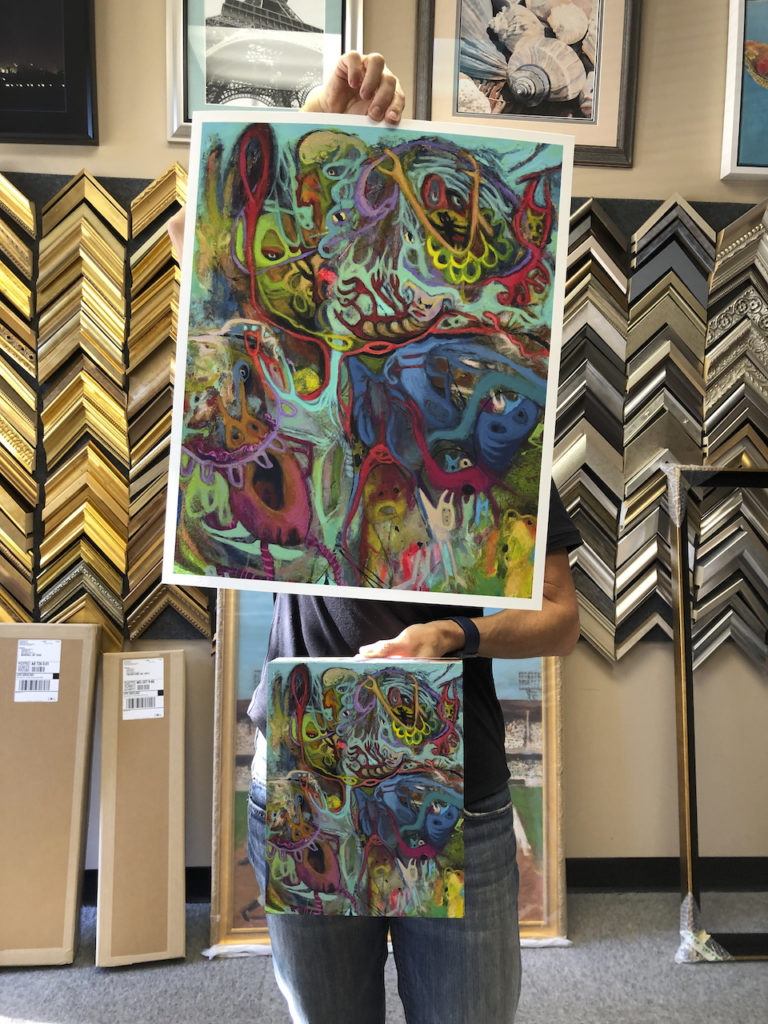
If that isn’t exciting enough, you can always ask the artist if they would hand embellish the giclee! (That means that the artist will work back into the art and make it additionally special) That takes the value up a notch!
With Giclee’s, you should receive a Certificate of Authenticity from the artist. You won’t get that with an offset commercial lithograph. This brings me to what is next.

Giclee vs offset lithography
Offset Lithography is a four-color process (vs the 12-color giclee process) that is most commonly used for commercial, large volume printing. It is a preferred mode of printing for textbooks, newspapers, postcards, and magazines.
You’ll find these kinds of reproductions in large retail stores and outlets for a minimum cost. Think Ikea, Walmart, Michaels, Target, Bed Bath and Beyond, really anywhere else they sell framed art prints for a very low price for a home or office decoration. All are mostly mass-printed outside of the states.
Most Offset Lithograph prints are not archival (museum quality) since the paper has a smooth texture. It dulls the art from the original, unlike a giclee that captures all the colors and nuances from the original art. It makes the art quite flat and loses the original color from the original artwork.
Which reproduction is more valuable:
A Giclee or an Offset Lithograph print?
Well, after reading all of that, I bet you can guess on your own but here is the down-low;
- A Giclee print is considered more valuable due to the high-quality resolution inkjet printers used to make the art.
- They are more durable as compared to a commercial lithograph print.
- Giclee prints can last for two centuries without any visible sign of fading – you’ll never realize that but your great, great grandkids will!
In addition, offering Giclee prints is a major investment on the artist’s part. Just having original artwork professionally scanned is costly. The cost of the scan can run upwards of $300 for large format originals.
So, there you have it in a big nutshell.
Simply stated, if the original art piece you love is no longer available, out of your budget, or not the right size for your space, and if you’re in the market for art prints in lieu of original work for any reason, in my humble and experienced opinion, the giclee, over a commercial litho, is the way to go.
Want to start your art collection with quality giclee prints? Just head on over to the print section on the website and Sign up to my email list for the occasional informative newsletter.
Save 10% on your order of $70 or more using this magical code. GICLEESAVE
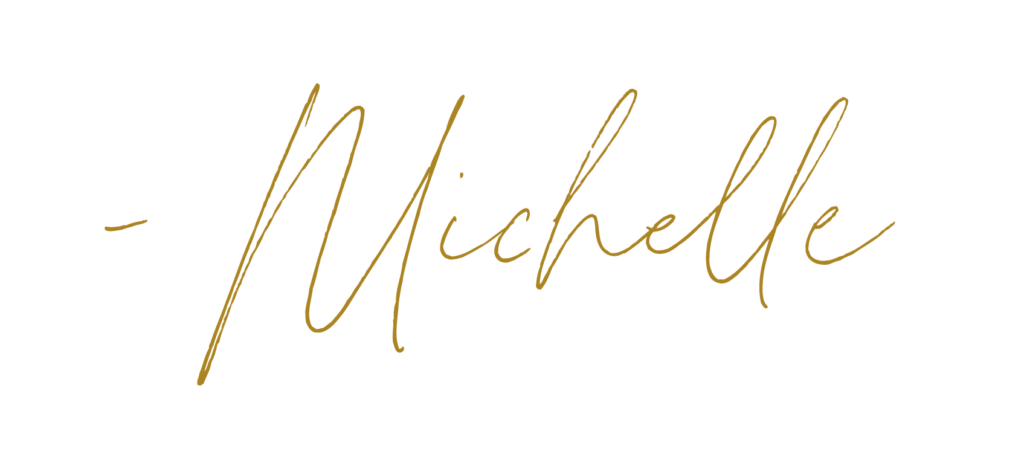
CATEGORY
4/14/2022
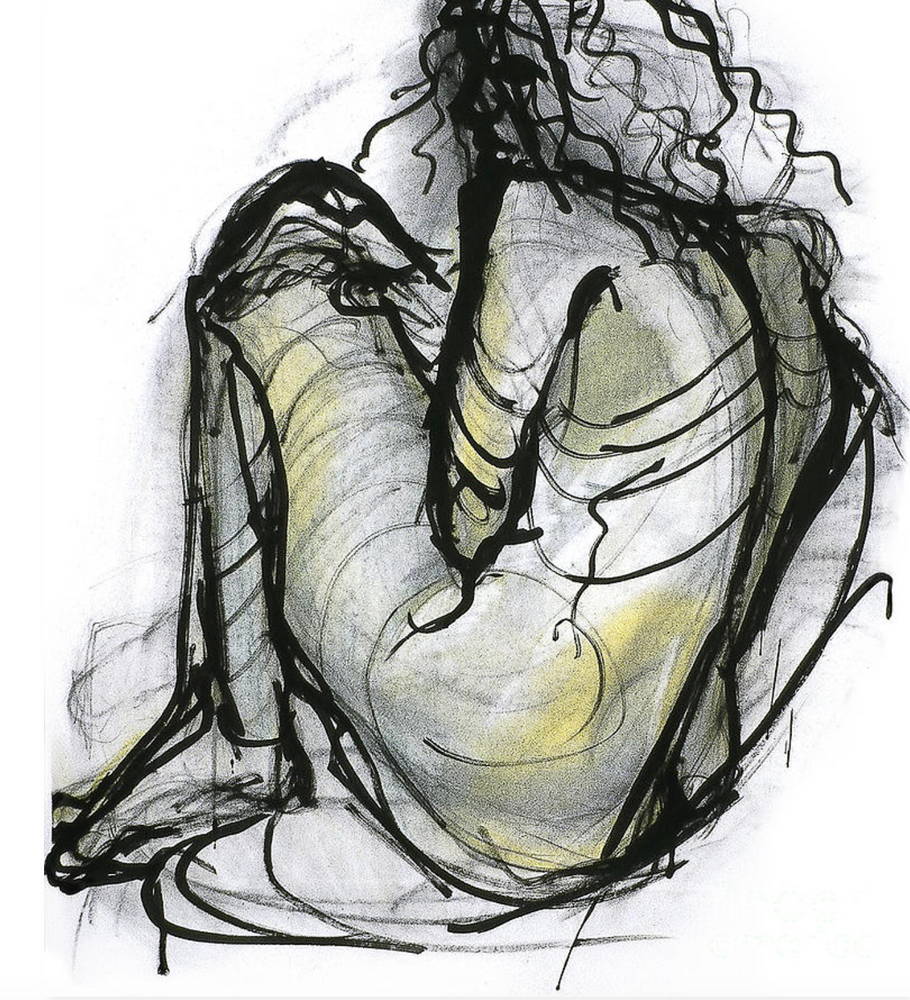
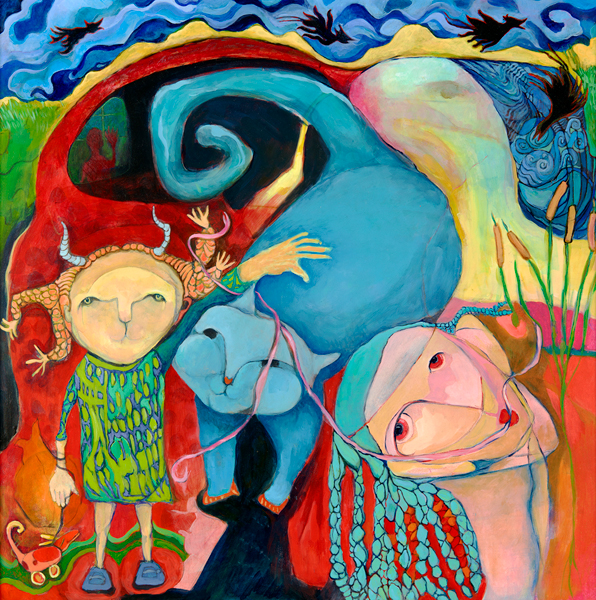
COMMENTS